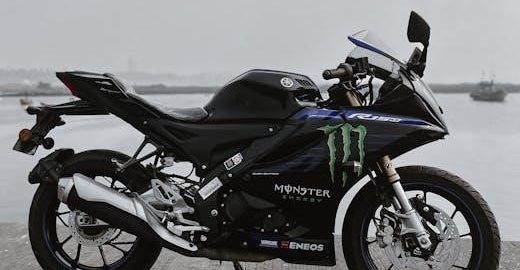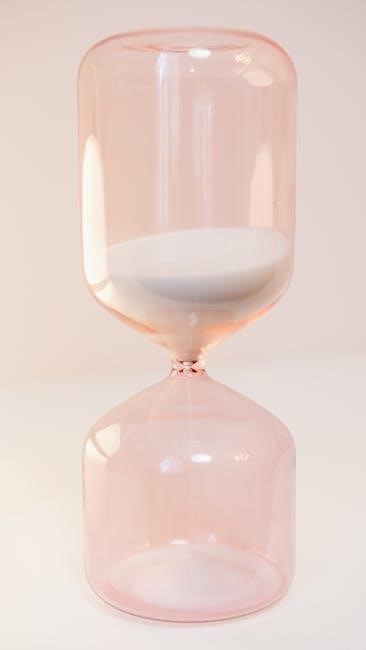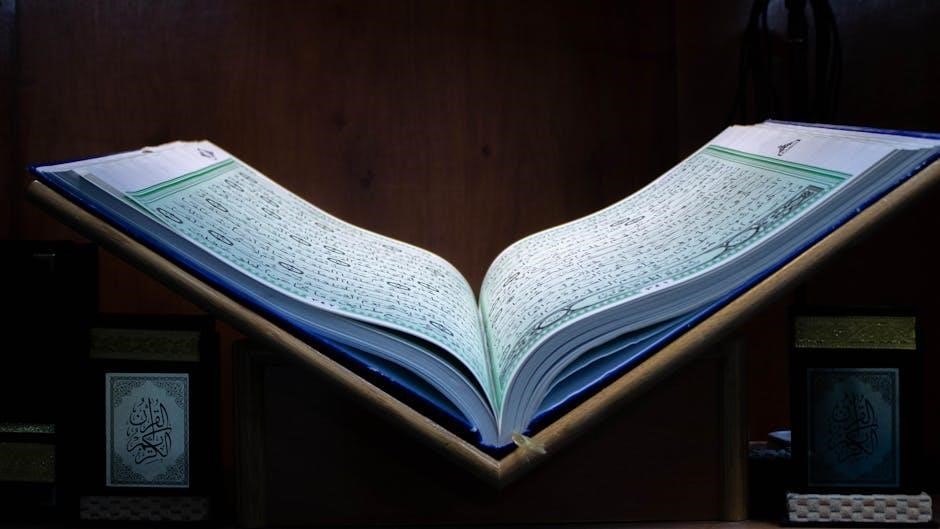Discover the essential guide to Yamaha propellers, designed for optimal boat performance. Learn about types, materials, and maintenance tips to maximize your boating experience.
Understanding Yamaha Propeller Basics
A Yamaha propeller is a crucial component for boat propulsion, converting engine power into thrust. Its design includes blades attached to a hub, spinning to create forward motion. The pitch and diameter of the propeller significantly impact performance, affecting speed and fuel efficiency. Understanding these basics helps optimize boat handling and overall efficiency, ensuring a smooth and powerful boating experience tailored to your specific needs.

Types of Yamaha Propellers
Yamaha propellers come in various types, including aluminum, stainless steel, and high-performance options. Each type offers unique benefits like durability, cost-effectiveness, or enhanced speed and efficiency.
Aluminum vs. Stainless Steel Props
Aluminum and stainless steel propellers are popular choices for Yamaha outboards, each offering distinct advantages. Aluminum props are lightweight, corrosion-resistant, and cost-effective, making them ideal for casual boating. Stainless steel props, while heavier, provide superior durability, higher top speeds, and better handling in rough waters. Both materials are durable and designed to enhance performance, but the choice depends on the user’s specific boating needs and preferences.
High-PerformanceProps
High-performance props are engineered for speed and efficiency, offering superior acceleration and top-end velocity. Designed with advanced blade geometry, these props maximize thrust and reduce cavitation. They are ideal for racing, heavy-duty towing, or high-speed cruising. High-performance props often feature durable materials like stainless steel or specialized coatings to withstand extreme conditions. They are a top choice for enthusiasts seeking peak performance and are compatible with Yamaha’s high-power engines for unmatched reliability and power delivery.
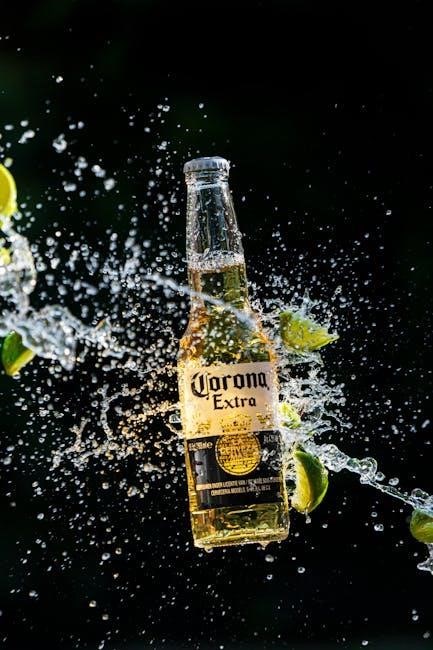
Propeller Materials and Design
Yamaha propellers feature cutting-edge materials and designs optimized for performance, durability, and efficiency. Advanced engineering ensures precision-crafted blades for superior water interaction and consistent power delivery across speeds.
Aluminum Propellers: Features and Benefits
Aluminum propellers are a popular choice for Yamaha outboards, offering durability and affordability. They are lightweight, corrosion-resistant, and easy to repair, making them ideal for recreational boating. Aluminum props provide excellent performance in various water conditions and are cost-effective compared to stainless steel. Their flexibility reduces the risk of damage from minor impacts, ensuring reliability and longevity. Yamaha’s aluminum propellers are designed to deliver smooth operation and consistent power, catering to a wide range of boating needs and preferences.
Stainless Steel Propellers: Features and Benefits
Stainless steel propellers are renowned for their exceptional durability and resistance to corrosion, making them ideal for harsh marine environments. They offer enhanced strength compared to aluminum, leading to improved performance with better acceleration and top speeds. While they come at a higher initial cost, their longevity and minimal maintenance requirements make them a cost-effective choice for serious boating enthusiasts seeking reliable and high-performance propulsion systems over time, ensuring extended service life and reduced repair needs.

Performance Factors
Optimizing Yamaha propeller performance involves balancing speed, acceleration, and fuel efficiency. Proper propeller selection ensures your boat operates at peak capability under various conditions, enhancing overall boating efficiency and enjoyment.
Top Speed and Acceleration
Achieving maximum speed and acceleration with Yamaha propellers requires the right pitch and diameter. A higher pitch often increases top speed but may sacrifice acceleration, while a lower pitch enhances quick starts. Proper propeller sizing ensures optimal engine RPM, maximizing both speed and responsiveness. Regular maintenance and correct installation further enhance performance, ensuring your Yamaha engine delivers its best possible output on the water.
Fuel Efficiency and Performance
Optimizing fuel efficiency and performance with Yamaha propellers involves selecting the right pitch and diameter. A well-matched propeller ensures the engine operates within its optimal RPM range, minimizing fuel consumption. Yamaha’s Shift Damping System (SDS) and Performance Enhancing Technologies further improve efficiency by reducing drag and vibrations. Regular maintenance, such as cleaning and inspecting the propeller, also plays a crucial role in maintaining peak performance and fuel economy, ensuring your Yamaha engine runs smoothly and efficiently on the water.

Choosing the Right Propeller
Selecting the ideal Yamaha propeller involves understanding your boat’s usage and performance needs. Consider factors like pitch, diameter, and material to optimize efficiency and power. Yamaha’s guide offers detailed charts and expert recommendations to help you make an informed decision, ensuring your propeller matches your engine and boating style for peak performance on the water.
How to Determine the Correct Pitch
Determining the correct pitch for your Yamaha propeller involves assessing your boat’s specific needs. Start by understanding that pitch refers to the distance a propeller travels in one full rotation. A higher pitch can increase top speed but may reduce acceleration, while a lower pitch enhances acceleration at lower speeds. Yamaha provides detailed charts and guidelines to help you calculate the optimal pitch based on your engine’s RPM range and performance goals. Always test different pitches under varying load conditions to ensure the best balance between speed and efficiency. This process ensures your propeller is perfectly matched to your boat’s capabilities, enhancing overall performance and fuel efficiency. Yamaha’s resources, including their online propeller selector tools, make this process easier for boat owners. By following these steps, you can achieve the ideal setup for your vessel, whether you’re cruising or racing. Proper pitch selection is crucial for maximizing your boating experience, so take the time to get it right. Yamaha’s expertise and support are available to guide you through this important decision.
How to Determine the Correct Diameter
The correct propeller diameter for your Yamaha outboard is crucial for optimal performance. A larger diameter typically improves fuel efficiency at lower speeds, while a smaller diameter enhances acceleration. Consider your boat’s size, engine power, and intended use when selecting the diameter. Yamaha provides specific guidelines and charts to help you choose the right size. Testing under various conditions ensures the best fit. Proper diameter selection maximizes efficiency, reduces wear, and enhances overall boating experience. Always refer to Yamaha’s official recommendations for accurate results.
Maintenance and Care
Regular cleaning, inspections, and proper storage are vital for extending propeller life. Remove debris, check for damage, and follow Yamaha’s guidelines to ensure optimal performance and longevity.
Cleaning and Inspection Tips
Regularly clean your Yamaha propeller using mild soap and water to remove dirt and marine growth. Inspect for dings, cracks, or worn edges. Sand lightly to smooth rough areas. Check hub and blades for alignment. Replace damaged or bent blades promptly. Use protective coatings to prevent corrosion. Follow Yamaha’s maintenance schedule for optimal performance and longevity. Proper care ensures your propeller runs efficiently and maintains top condition for years. Always refer to Yamaha’s official guidelines for detailed instructions and safety precautions.
Storage and Protection
Store your Yamaha propeller in a dry, cool place away from direct sunlight. Use a protective cover or bag to prevent dust and scratches. Avoid stacking heavy items on the propeller. For long-term storage, apply a rust-inhibiting coating. Keep the propeller off the ground to prevent warping. Store in a secure location to avoid theft or damage. Following these steps ensures your propeller remains in excellent condition when not in use, ready for the next boating season. Always follow Yamaha’s storage recommendations for optimal protection.

Troubleshooting Common Issues
Identify and address propeller issues like vibration or poor performance. Inspect for damage or wear. Adjust pitch or seek professional help if problems persist.
Identifying Damage or Wear
Inspect your Yamaha propeller regularly for signs of damage or wear. Look for dents, cracks, or corrosion. Check the blades for imbalance or uneven wear, which can cause vibration. If you notice any damage, remove the propeller and assess the extent of the issue. Minor dings may be repairable, but deep cracks or excessive wear require replacement. Always clean the propeller after use to prevent corrosion. If unsure, consult a professional to ensure your propeller remains in optimal condition.
Addressing Performance Problems
If your Yamaha propeller isn’t delivering optimal performance, identify the root cause. Check for improper pitch or diameter, as this can affect speed and fuel efficiency. Inspect for damage or wear that might cause vibration or drag. Ensure the propeller is clean and free of debris. If issues persist, consider upgrading to a high-performance propeller or consulting a marine technician for professional tuning. Proper maintenance and adjustments can restore your boat’s efficiency and overall performance levels effectively.
Upgrading or Modifying Props
Upgrading your Yamaha propeller can significantly enhance performance. Consider modifications like adjusting pitch or switching materials to improve speed, efficiency, and overall boating experience effectively.
When to Upgrade Your Propeller
Upgrade your Yamaha propeller when experiencing reduced performance, such as lower top speed or poor acceleration. Damage, excessive wear, or outdated design are also key indicators. Additionally, if your current propeller no longer matches your engine’s capabilities or your boating needs, consider an upgrade. Modern designs offer enhanced efficiency and durability, ensuring a better overall experience on the water. Regular inspections can help determine the right time for an upgrade to maintain optimal performance.
Modification Options for Enhanced Performance
Enhance your Yamaha propeller’s performance with modifications like upgrading to stainless steel or high-performance props. Adjusting pitch and diameter can optimize speed and acceleration. Polishing the propeller surface reduces drag, while applying protective coatings prevents corrosion. Additionally, custom designs tailored to specific boating conditions can significantly improve efficiency. These modifications ensure your Yamaha propeller delivers peak performance, whether for racing, cruising, or heavy-duty use, adapting to your unique needs on the water.
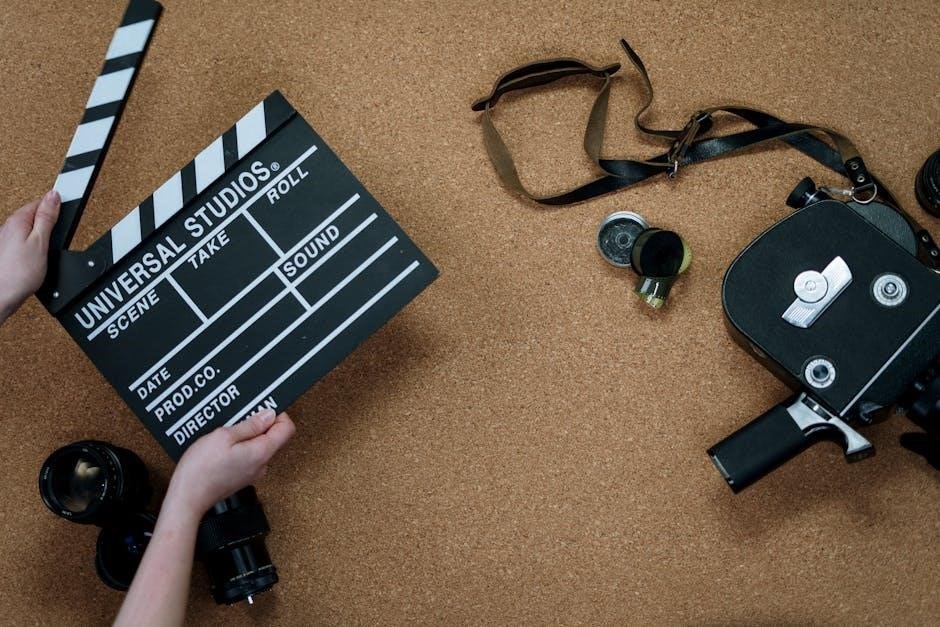
Yamaha-Specific Technologies
Yamaha’s innovative technologies, like the Shift Damping System (SDS), enhance performance and reduce vibration. These advancements ensure smoother operation and improved efficiency for a superior boating experience.
Shift Damping System (SDS)
The Shift Damping System (SDS) by Yamaha minimizes gear engagement shock, ensuring smoother transitions. This technology reduces vibrations and noise, enhancing rider comfort and overall boating stability, especially at high speeds.
Performance Enhancing Technologies
Yamaha’s Performance Enhancing Technologies optimize propeller efficiency, boosting speed and acceleration. Advanced designs like SDS reduce vibrations, while innovative materials enhance durability. These technologies ensure smoother operation, improved fuel efficiency, and superior handling, making Yamaha props a top choice for boating enthusiasts seeking peak performance and reliability on the water.

Propeller Compatibility
Ensure your Yamaha engine is paired with the right propeller for optimal performance. Compatibility depends on factors like horsepower, boat type, and intended use, ensuring efficiency and reliability.
Matching Props to Yamaha Engines
Matching the right propeller to your Yamaha engine is crucial for maximizing performance. Yamaha engines are designed to work seamlessly with specific propeller sizes and pitches. Factors like horsepower, RPM range, and boat type play a significant role in determining the ideal propeller. Using Yamaha’s proprietary guidelines ensures optimal speed, fuel efficiency, and overall boat handling. Always consult Yamaha’s specifications or a certified technician to select the perfect propeller for your engine, ensuring a balanced and efficient boating experience.
Installation Tips and Tricks
Proper installation of your Yamaha propeller is key to ensuring optimal performance. Always align the propeller with the engine’s shaft precisely and tighten the nut securely to avoid slippage. Use a threadlocker for added safety. Ensure the propeller is correctly keyed to prevent damage. Refer to Yamaha’s official manual for specific torque specifications. For complex installations, consider consulting a certified technician. Proper installation ensures smooth operation, reduces wear, and maximizes your boating experience.

Customer Support and Resources
Yamaha offers exceptional customer support, including 24/7 assistance and online forums. Access manuals, guides, and troubleshooting tips through Yamaha Downloads for optimal propeller performance.
Yamaha’s Customer Service
Yamaha provides exceptional customer service, ensuring seamless support for propeller-related inquiries. With 24/7 assistance, dedicated marine mechanics, and online resources, Yamaha prioritizes customer satisfaction. Their team offers tailored solutions, from troubleshooting to maintenance tips, ensuring optimal performance. Additionally, Yamaha’s extensive network of certified dealers and online forums provides quick access to expert advice, manuals, and guides. This comprehensive support system reflects Yamaha’s commitment to enhancing your boating experience with reliable and efficient service.
Online Communities and Forums
Online communities and forums dedicated to Yamaha propellers offer valuable insights and support. Enthusiasts and experts share tips, troubleshooting advice, and reviews. These platforms provide a space for discussing performance enhancements, maintenance, and upgrades. Many forums feature detailed guides and real-world experiences, helping users optimize their propeller setups. Yamaha-specific groups are particularly active, ensuring access to reliable information and expert opinions tailored to Yamaha engines and props. These resources are indispensable for both novice and experienced boaters.

Historical Evolution of Yamaha Props
Yamaha’s propeller innovations began with early models, evolving through advanced materials and designs. Decades of refinement have led to high-performance props, enhancing speed and efficiency for modern boating needs.
Early Models and Innovations
Yamaha’s journey in propeller design began in the 1980s, with early models focusing on durability and simplicity. The Yamaha MX49, introduced in the early 2000s, marked a shift toward performance-oriented designs. These early props featured aluminum construction, offering affordability and reliability. Innovations like variable pitch systems emerged, enhancing boat maneuverability. The MX49 also showcased Yamaha’s commitment to balancing power and efficiency, setting the stage for future advancements in propeller technology and design.
Modern Advancements in Prop Design
Today, Yamaha propellers integrate cutting-edge technologies like the Shift Damping System (SDS) for smoother gear shifts. Modern designs feature stainless steel construction, offering superior durability and corrosion resistance. Advanced blade geometries improve efficiency and reduce vibration. Yamaha’s Performance Enhancing Technologies optimize speed and fuel efficiency. These innovations ensure that Yamaha props deliver exceptional performance across various marine applications, catering to both recreational and high-performance boating needs. Continuous R&D drives these advancements, keeping Yamaha at the forefront of propeller innovation.
